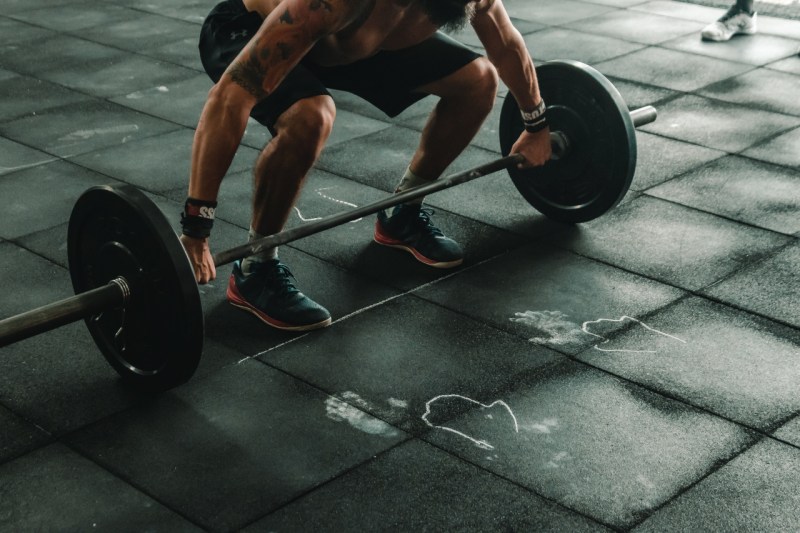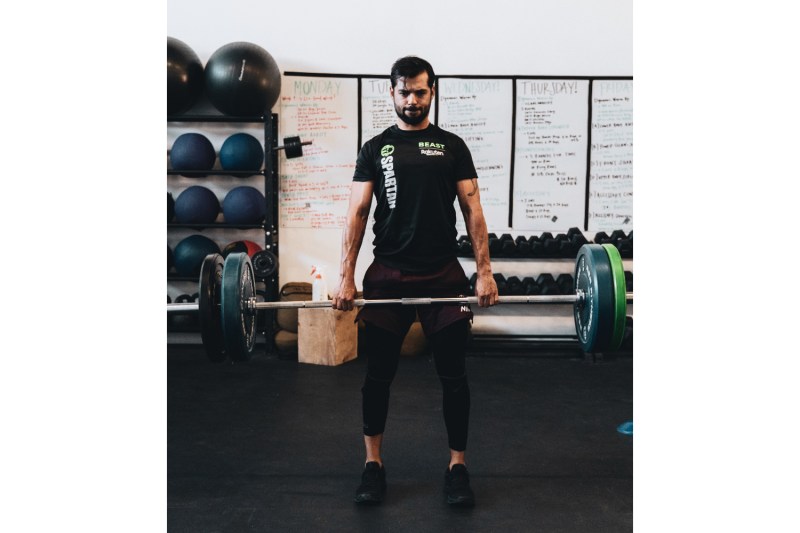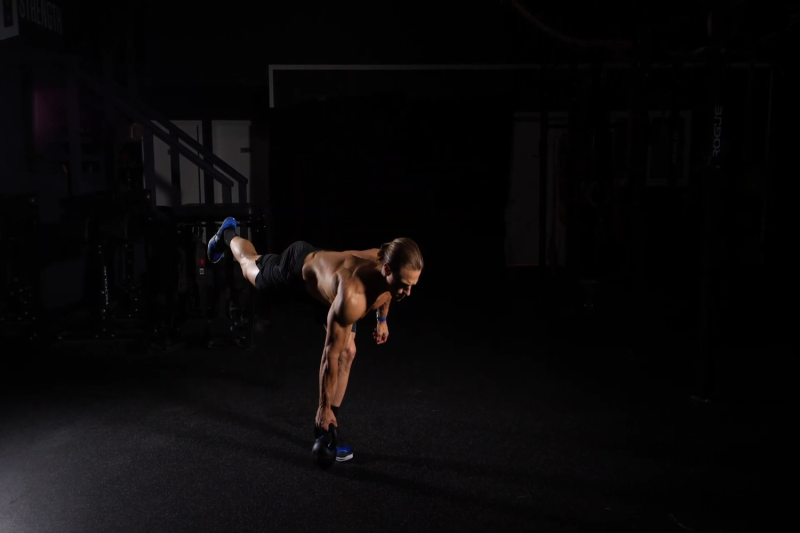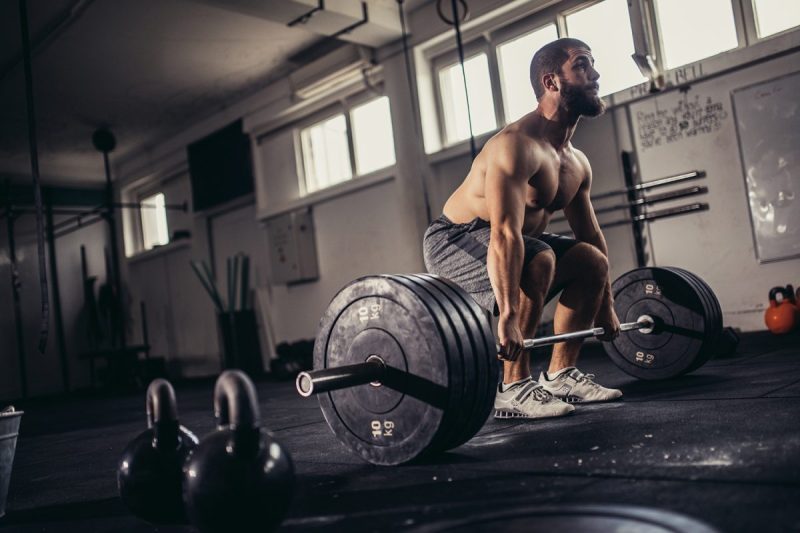You’ve probably tried many different forms of exercise and training on your fitness journey, including powerlifting and weight training. One type of exercise you might not have tried is deadlifting. This can be a simple and easy way to maintain your ability to do heavy lifts from the floor. Believe it or not, you see this action in your daily life, ranging from everything from lifting a toddler to picking up a bin from the ground. These exercises help strengthen your functionality for everyday activities.
This type of workout usually involves the glutes and hips, but it can be far more than a butt-building mechanism, as deadlifting benefits your flexibility and stability. When starting this workout, we have to consider, “What does deadlifting work out?” This type of strength training works on the quads, hamstrings, and spinal muscles, among others. Total-body benefits are also garnered, such as bone health maintenance and protection against muscle loss.
What muscles does deadlifting target?

Overall, many muscle groups are worked when you perform a deadlift. While the amount of pressure put on each muscle group differs based on the variation you choose, the muscles used typically involve the quads, glutes, hamstrings, hips, core, and spinal muscles.
7 benefits of the deadlift

1. Increases bone density
Resistance training, such as deadlifting, can protect against the loss of bone mineral density. This is supported by the engagement in weight-bearing activities, which boosts the overall resistance to losses. Bone mineral density increases are best seen in the areas targeted by the workout, which are often the legs and hips.
2. Strengthens the lower body
Deadlifting is advantageous for lower body strength. Doing these workouts will give you more strength and definition in your glutes and hips, as well as the legs and lower back. This strengthens the muscles of the legs and back and supports the core.
In some cases, lower back pain can be relieved after easing into these exercises, but proceed with caution — these exercises can exacerbate the pain.
3. Stabilizes the core
A stabilized core means improved posture and strengthened spinal muscles. These include the muscles that work at the level of the neck, shoulders, and back. Additionally, this supports the movements from the shoulders to the hips. A stabilized core is essential for overall fitness and wellness.
4. Boosts metabolism
Deadlifting and other resistance training can boost metabolism because they are effective calorie-burning tools. Muscle is also being built during this process, which will aid in burning calories at rest. Participating in a variety of deadlifting can help you with any weight loss goals.
5. Improved flexibility
Hip-strengthening exercises such as Romanian deadlifts or hex bar deadlifts can help improve flexibility and mobility. By strengthening muscles and easing stiffness, the body can attain a greater range of motion and fluidity in movements. Additionally, flexibility can be beneficial for circulation and protection from injuries. Increased flexibility helps alleviate hip or joint pain and can lessen the potential for stiffness.
6. Upgraded mobility
As flexibility increases, we can also see greater mobility. With relieved tightness or tension of the muscles and an improved range of motion, you’ll be able to get around better. You can get around more freely when your joints aren’t knotted up and you have more control over them.
Also consider that deadlifting improves bone density and strength, as previously mentioned. Adequate bone density and strength influence muscle loss and mobility. Diligent workout sessions can protect against muscle loss and loss of mobility, especially with age.
7. Better functionality
We see upgraded functionality in daily tasks, as deadlift movements have a role in climbing stairs, picking laundry or other household items up from the floor, or even picking up a child and swinging them into the air. Better flexibility and mobility can lead to improved function each day. Bending, stretching, and lifting are integral to everyday activity. Proper deadlifting form and execution can allow you to carry out these tasks safely and reduce the risk of pulling a muscle or cramping in the process.
Deadlift variations

Conventional deadlift
The conventional deadlift form is to bend over and forward with a neutral spine. Your core and stable spine are central to preventing any twists or arching of the torso, which is angled 30 to 45 degrees above the horizontal at the onset of the workout. Stand with your feet shoulder-width apart and arms placed outside of the knees.
Align your weight with the middle of your foot. Sit your hips back and slightly bend your knees to lift the weight or other object from the ground. Use your core to help you pick up the item. Bring your body to a tall standing posture with a straight back. When completing the set, place the object back down by sitting your hips back and keeping your chin up.
Straight-leg deadlift
The straight-leg deadlift is also called the stiff-legged deadlift and refers to the variation in which the knee is kept in a straight position. This diverges from the conventional form, in which the knee is slightly bent and you squat down. With the straight-leg version, the up-and-down motion is done predominantly with the waist.
Sumo deadlift
The deadlift sumo move consists of a double-wide stance, with your feet turned at least 45 degrees outward and your arms inside of the knees. This variation may lead to better activation of inner thigh muscles. It also could be more beneficial for individuals with longer torsos because a greater total weight may be lifted.
Romanian deadlift
The Romanian deadlift differs from the traditional deadlift by requiring a bend in your knee as you go forward, which makes the process less rigorous compared to the traditional move. This qualifies this variation as an effective hamstring exercise that’s great for building leg strength. If you struggle with back pain, the Romanian deadlift would likely be your version of choice, as it puts less pressure on the back.
Frequently asked questions

Are deadlifts better than squats?
It depends on your end goal. While both work the hips, glutes, and core, there are some differences: Deadlifts work the back, hamstring, and trapezius, a postural muscle impacting the head and shoulders. Alternatively, squats have more impact on the quads, calves, and shins. If you experience knee pain, you may opt for deadlifts because knee movements are relatively limited. Squats are a better option if you suffer from lower back pain.
We should consider the importance of squats because they serve as the foundation of many resistance training workouts. Not only do squats improve leg and core strength, but they also improve heart health, posture, and mobility, providing a lasting positive effect on overall health and fitness.
Can deadlifts reduce belly fat?
Deadlifts can help burn calories, which can support weight loss. Additionally, body fat is reduced while lean body mass is increased. The amount of calories burned depends on the type of lift you opt for, as well as the intensity. Because deadlifts have a positive impact on musculoskeletal health, performing the exercise regularly will help you lose weight, reduce belly fat, and enhance your overall health.
What happens if you deadlift every day?
Though deadlifting each day may lead to skill acquisition and endurance, it could also lead to detrimental effects, like muscle fatigue or injury. You don’t have to do deadlifts every day. Taking a break can allow appropriate muscle recovery, so it may be helpful to do deadlifts up to two or three times weekly.
With deadlifts, it’s not about how many sets you do. Instead, it’s about proper and safe form. However, if you want to include this in a quick and easy ten-minute workout, you could include one minute each of left- and right-leg Romanian deadlift dumbbell exercises along with other lower-body workout techniques.
Editors' Recommendations
- Are you doing hammer curls the right way? Your complete guide
- 7 exercises that target the deep core (and what that actually means)
- 3 amazing steady-state cardio exercises to work into your fitness routine
- Weight training tips: This is what — and when — you should be eating
- What’s the point of working out in a hoodie? We explain




